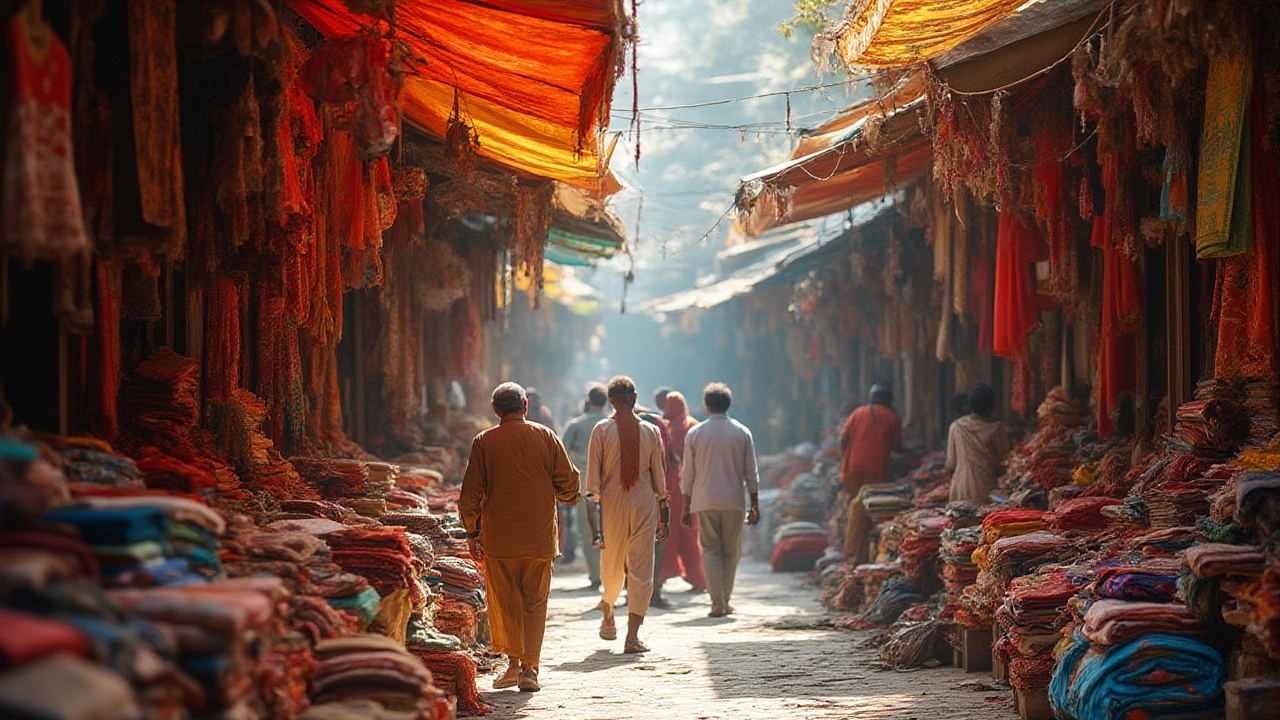Fabric Suppliers in India – Your Guide to Finding the Best Sources
If you need cloth for clothing, home décor, or industrial use, the first step is finding a reliable fabric supplier. India offers a huge range of fabrics – cotton from Gujarat, silk from Varanasi, synthetic blends from Maharashtra – all at competitive prices. This guide shows you what to look for, how to compare options, and where to start your search.
Why Choose Local Fabric Suppliers?
Buying from a local supplier cuts shipping costs and speeds up delivery. You can visit the factory, see the material in person, and ask real‑time questions. Local firms also understand the Indian market’s pricing cycles, so you get better deals during off‑season months.
Another perk is flexibility. Many Indian mills will adjust the weave, dye, or finish to match your design. This personalization is harder to get from overseas sellers who work with large batch orders only.
How to Evaluate a Fabric Supplier
1. Check certifications. Look for ISO 9001, GOTS (for organic cotton), or any government quality stamp. These prove the mill follows standard processes.
2. Ask about minimum order quantity (MOQ). Small designers may need just 100 meters, while big brands might order thousands. A good supplier will have tiered MOQ options.
3. Ask for sample swatches. A real piece of fabric tells you more than photos. Test for colour fastness, shrinkage, and hand feel before you place a larger order.
4. Review lead times. Some mills can turn around a batch in 2‑3 weeks, others need a month or more. Clear timelines help you plan production schedules.
5. Talk about payment terms. Trusted suppliers often allow a 30‑day credit after delivery, especially for repeat customers. Beware of those demanding full payment upfront without a track record.
6. Visit the facility. If possible, walk through the factory floor. A clean, organized workspace usually means better quality control.
7. Read reviews or ask for references. Other buyers can share experiences about on‑time delivery, fabric consistency, and after‑sales support.
When you have a shortlist, compare pricing per kilogram or per meter, factoring in any extra costs like dyeing, printing, or packaging. Remember that the cheapest quote isn’t always the best if it leads to high defect rates.
Sustainability is becoming a big factor too. Many Indian mills now offer recycled polyester, low‑water dye processes, and fair‑trade cotton. If eco‑friendly sourcing matters to your brand, ask the supplier for their sustainability reports.
Finally, keep communication simple. Use clear emails, confirm order details in writing, and set expectations for any changes. A supplier who responds quickly and transparently will save you headaches later.
By following these steps you’ll cut down on guesswork and find a fabric supplier that matches your quality, price, and delivery needs. Start with a short list, request samples, and let the fabric speak for itself.

Best Countries for Wholesale Fabric: Top Global Suppliers and Sourcing Tips
Discover the world's top wholesale fabric countries with insider tips, real data, and sourcing tricks for finding the perfect supply partner for your needs.
